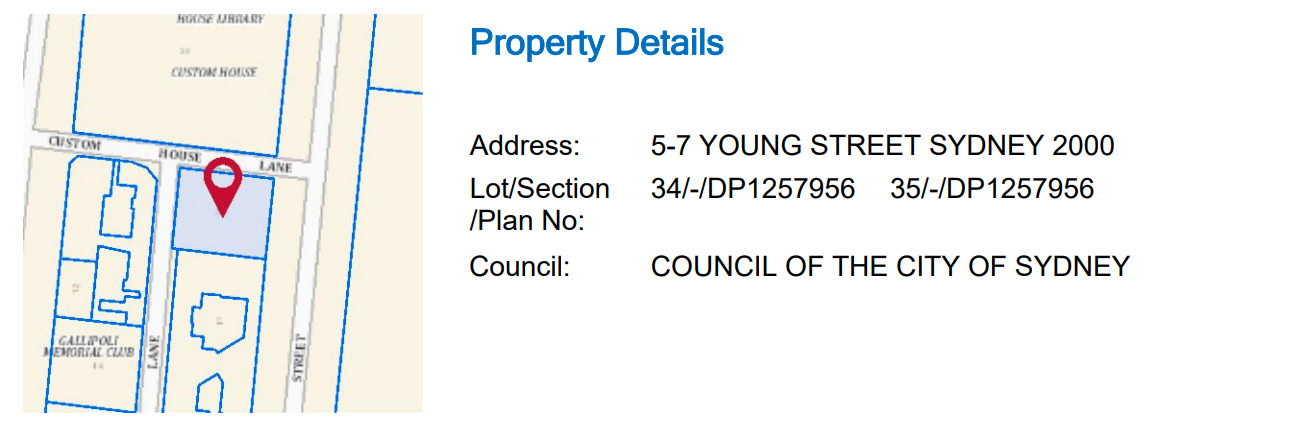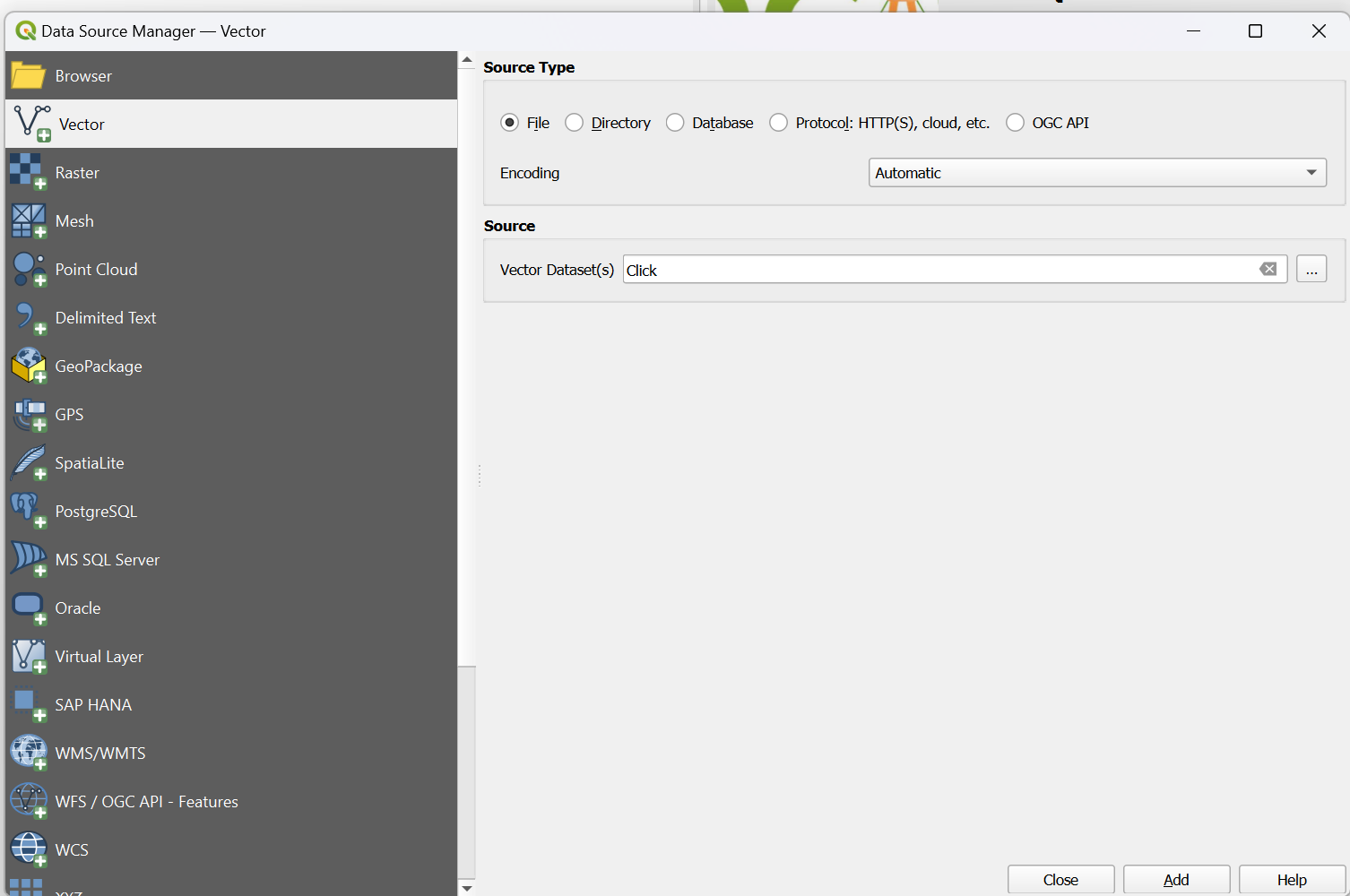
Parcels, Titles, Addresses and Properties. What’s The Difference?
“Parcels”, “titles”, “addresses” and “properties” are often used interchangeably in real estate, but they refer to distinct concepts.
Understanding the differences between these terms is essential, particularly when dealing with land transactions, property ownership, or legal documentation.
We discuss it here.
The Definitions and Differences Between Parcels, Titles, Addresses and Properties
We define each of these terms in the context of Australian real estate. Additionally, we’ll explore how these terms are interlinked, while highlighting the key differences that set them apart.
What is a Parcel?
A Parcel refers to a specific section of land within a larger property. Think of it as a defined portion of land with clear boundaries, often identified by a unique number for legal or administrative purposes. Parcels are essential for land registration and property management.
In some Australian states, such as New South Wales (NSW), a parcel may also be referred to as a Lot and Plan, which serves as its identification number.
Properties can include multiple parcels. For example, a farm might consist of several individual parcels, but all these parcels are sold together when the property is transferred to a new owner.
What is a Title Reference or Volume Folio?
The Volume Folio or Title Reference is a unique identifier assigned to a property title (a legal document that records specific information about a property) in the Australian land registration system. It represents the registered ownership and legal description of a property.
- The Volume refers to the specific book or register where the property title is recorded.
- The Folio refers to the page or entry in that volume where the property information is found.
This unique identifier plays a crucial role in land transactions and legal documentation, ensuring properties are accurately identified.
When you hear someone refer to a “Volume Folio,” they are pointing to the formal documentation that confirms a property’s legal ownership.
What is an Address?
An Address is what we commonly use to describe the physical location of a property.
It consists of separate elements such as:
- Street number
- Street name
- Suburb
- State
- Postcode
Addresses serve practical purposes, such as mail delivery, and are a key element in identifying a property’s physical location.
However, a property can sometimes have more than one address. For instance, corner lots or properties with access from back lanes may have multiple addresses.
What is a Property?
The term Property can have different meanings depending on the context. Within state government titling systems, a property refers to a piece of land that can be bought and sold.
In this context:
- A property may consist of one or more parcels.
- It may have one or more addresses.
- It is recorded with a Volume Folio.
Understanding this broader definition helps clarify why “property” can be a complex term to define. For more details, check out our blog, What is a Property, where we dive deeper into the nuances of defining property in various contexts.
Common Questions
Can a parcel appear on more than one volume folio?
No, a parcel typically cannot appear on more than one Volume Folio. In the Australian torrens title system maintained by each state, each parcel of land is associated with a single Volume Folio. This folio contains the registered ownership and legal details of that specific property. However, there are exceptions where some states have titles that share a common parcel, like the Northern Territory and Unit Titles.
Are addresses unique?
In theory, addresses should be unique, but in practice, there can be exceptions.
Several factors can lead to address duplication or confusion, such as:
- Unit addresses: Sometimes unit numbers are left out, making it difficult to distinguish between multiple units in the same complex.
- Rural addresses: Properties without a public road frontage or properties identified by a name rather than a street number may cause complications.
- Multi-building complexes: In some cases, the same unit number can appear in different buildings within the same complex, especially if building names are omitted.
Why Understanding the Differences Between These Terms Matters
Understanding the distinctions between properties, parcels, titles, and addresses is essential for ensuring accuracy and clarity, particularly when it comes to land transactions and property ownership.
For further research on Australian properties, parcels, volumes, and folios, check out our recommended resources in the article, Useful Websites for Australian Properties, Parcels and Addresses.

Originally published: 17 July 2023
Last updated: 15 October 2024








